 +86-13516964051
+86-13516964051
Aluminum Alloy CNC Machining
description1
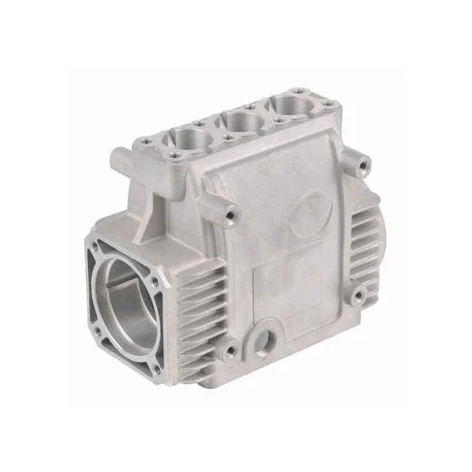
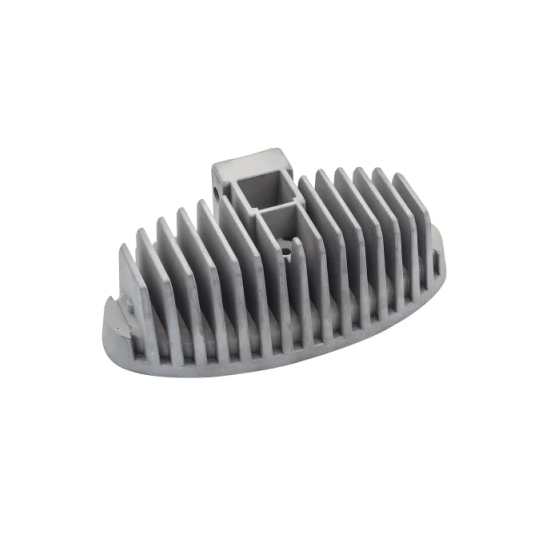
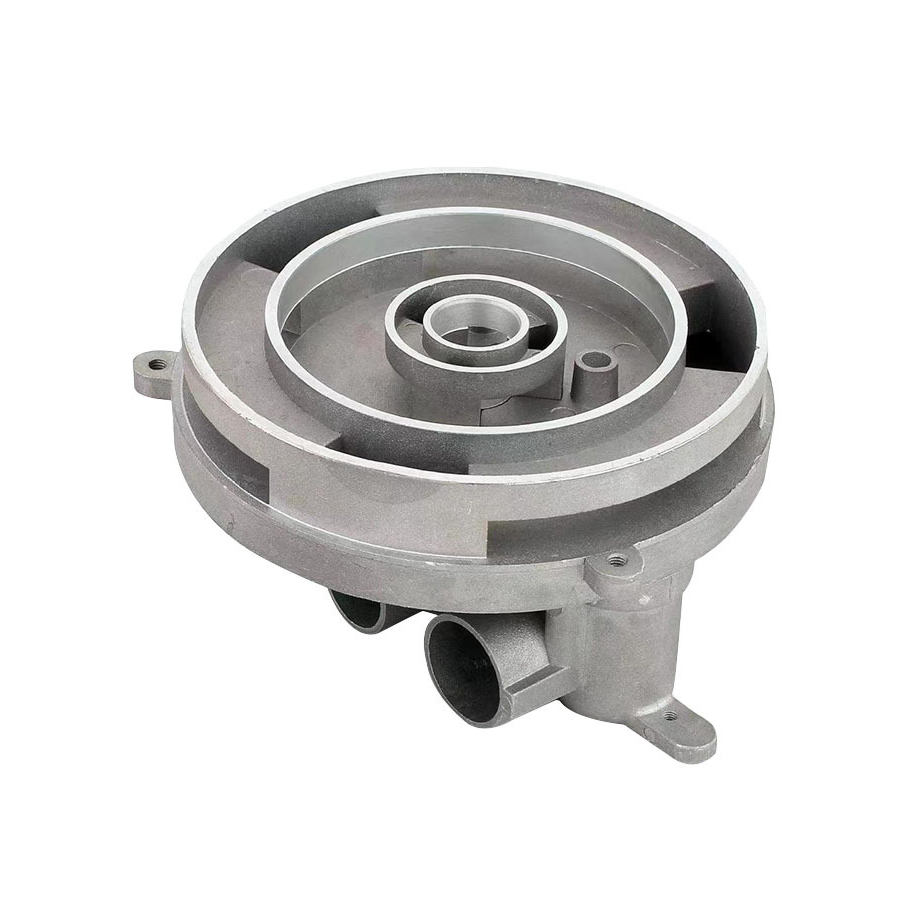
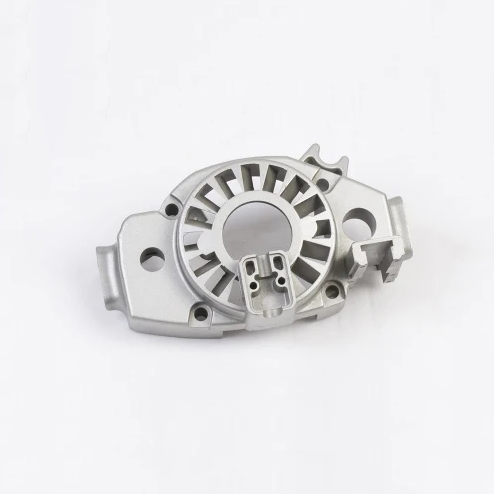
Overview of aluminum alloy CNC machining
CNC machining, or computer numerical control machining, is a technology that uses pre-programmed computer programs to control machine tools to perform precise cutting of materials. In aluminum alloy CNC machining, aluminum alloy is used as the base material, and the tool movement of lathes, milling machines, machining centers and other equipment is controlled by precise instructions to process aluminum alloy into various required shapes and sizes.
During the processing, computer-aided design (CAD) software is used to build a three-dimensional model of the part, which is then converted into a G code that the machine tool can recognize, i.e., the processing program. After receiving the instructions, the machine tool automatically controls the position, speed and feed rate of the tool to perform fine cutting of the aluminum alloy billet.
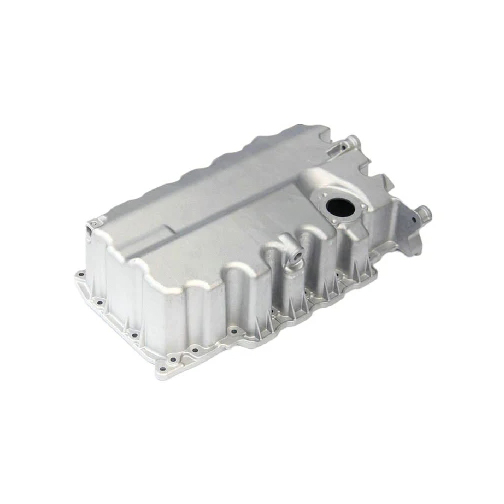
Processing process
Material preparation: According to the design requirements of the parts, select aluminum alloy materials of appropriate grades, such as 6061, 7075, etc., to ensure that the mechanical properties and chemical composition of the materials meet the standards. of the aluminum alloy billet.
Programming: Based on the part drawings, use professional CAM (computer-aided manufacturing) software to plan and program the processing path, tool parameters, cutting speed and feed rate in detail.
Clamping and tool setting: The aluminum alloy blank is firmly clamped on the machine tool workbench to ensure the stability of the clamping and prevent displacement or vibration during the processing.
Cutting processing: Start the machine tool and cut according to the established program.
Quality inspection: After each processing step is completed, precision measuring equipment such as three-coordinate measuring instruments, height gauges, calipers, etc. are used to strictly inspect the size accuracy, shape accuracy, position accuracy, etc. of the parts.
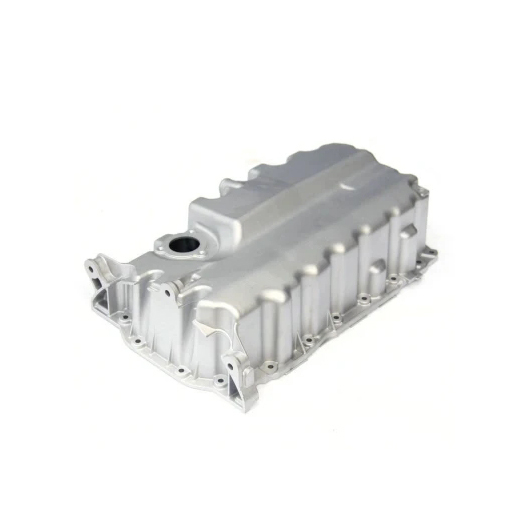
Advantages of aluminum alloy CNC machining
High precision: CNC machine tools can accurately control the movement trajectory of the tool according to the pre-set program, and the machining accuracy can reach within ±0.001mm.
Complex shape processing capabilities: With the help of advanced CAD/CAM technology, it can easily cope with the processing of aluminum alloy parts of various complex shapes, such as parts with multiple curved surfaces, deep cavities, thin walls and other features.
High efficiency: The automated machining process greatly improves production efficiency.
Good surface quality: Reasonable cutting parameters and advanced tool coating technology make the surface roughness of aluminum alloy CNC machining low and the surface finish high.

Application fields
Aerospace industry: Aluminum alloys are widely used in the aerospace field, such as aircraft fuselage structural parts, wing spars, engine blades, etc.
Automobile manufacturing industry: Aluminum alloy materials are widely used in automobile engine cylinder blocks, cylinder heads, wheels, suspension system components, etc.
Electronic and electrical industry: Aluminum alloy parts such as the housing, radiator, and connector of electronic products need to have good thermal conductivity, electromagnetic shielding and appearance quality.
Medical device field: Medical implants (such as joint prostheses, dental implants), medical instrument housings, etc. have extremely high requirements for the biocompatibility and processing accuracy of materials.
01
FAQ
Q1: What is the minimum processing size of aluminum alloy CNC machining?
A: Our aluminum alloy CNC machining equipment has high precision and can achieve precise processing of tiny sizes. In general, the minimum processing size can reach 0.1mm or even smaller, but the specific size will be affected by many factors such as part shape, material properties and processing difficulty. For small parts with complex shapes, we will give an accurate range of machinable sizes after a detailed analysis of the drawings and processes.
Q2: How to avoid surface scratches during aluminum alloy processing?
A: In order to avoid surface scratches during aluminum alloy processing, we will take measures from multiple aspects. First, when clamping parts, choose appropriate fixtures and gaskets to ensure that the clamping force is evenly distributed and avoid excessive local pressure causing surface damage. Secondly, choose cutting parameters reasonably during the processing to avoid unnecessary friction and collision between the tool and the workpiece surface. At the same time, choose appropriate cooling lubricants to reduce the impact of cutting heat and cutting force on the surface. In addition, after the processing is completed, special protective measures will be taken during the handling and packaging of parts to prevent surface scratches.
Q3: What is the tolerance range of aluminum alloy CNC machining?
A: The tolerance range of our aluminum alloy CNC machining can generally be controlled between ±0.01mm and ±0.1mm, depending on the complexity, size and processing requirements of the parts. For parts in the fields of aerospace, medical equipment, etc. with high precision requirements, we can control the tolerance within a smaller range, such as ±0.005mm, by optimizing the process and selecting high-precision tools and equipment. Before processing, we will communicate with customers in detail, determine a reasonable tolerance range based on their actual needs, and strictly control during the processing to ensure that the product meets the precision requirements.
Q4: Can aluminum alloy parts with special shapes, such as structures with complex cavities, be processed?
A: Yes, our aluminum alloy CNC machining technology is capable of processing parts with complex shapes, including structures with complex cavities. With advanced CAD/CAM software and high-precision processing equipment, we can accurately plan the processing path according to the 3D model or drawing provided by the customer, and use suitable tools and processing technology to process the complex cavity structure. During the processing, we will also optimize the tool path to ensure that the surface quality of the cavity is good and the dimensional accuracy meets the requirements. For example, in mold manufacturing, we can efficiently and accurately complete the processing of some aluminum alloy molds with special cooling water channels or cavities.
Q5: What is the surface roughness of aluminum alloy CNC machining?
A: The surface roughness of aluminum alloy CNC machining can be controlled by reasonably selecting cutting parameters, tool types and processing technology. Normally, the surface roughness can reach Ra0.8μm to Ra1.6μm. For some parts with higher requirements for surface finish, the surface roughness can be further reduced to below Ra0.4μm after fine processing and optimization. For example, in the processing of optical instrument parts, by using special grinding tools and high-precision processing equipment, mirror-level surface quality can be achieved, meeting the processing needs of optical lenses and other parts with extremely high requirements for surface roughness.







